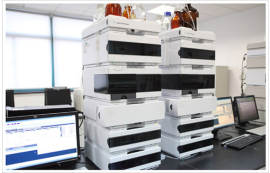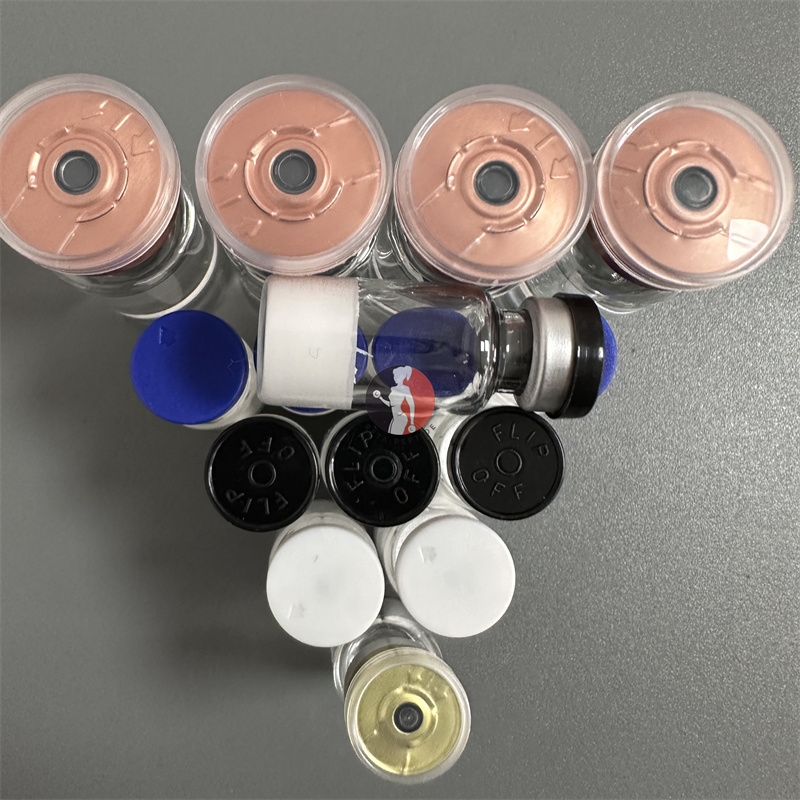-
Categories
-
Pharmaceutical Intermediates
-
Active Pharmaceutical Ingredients
-
Food Additives
- Industrial Coatings
- Agrochemicals
- Dyes and Pigments
- Surfactant
- Flavors and Fragrances
- Chemical Reagents
- Catalyst and Auxiliary
- Natural Products
- Inorganic Chemistry
-
Organic Chemistry
-
Biochemical Engineering
- Analytical Chemistry
-
Cosmetic Ingredient
- Water Treatment Chemical
-
Pharmaceutical Intermediates
Promotion
ECHEMI Mall
Wholesale
Weekly Price
Exhibition
News
-
Trade Service
How to use a biological microscope A biological microscope is a precision optical instrument used to observe biological slices, biological cells, bacteria and living tissue cultures, fluid sediments, etc.
It can also observe other transparent or translucent objects, powders, fine particles and other objects
.
(1) Take the mirror and place it: The biological microscope is usually stored in a cabinet or box, and when it is used, take it out of the cabinet, hold the mirror arm firmly with the right hand, hold the mirror base with the left hand, and place the microscope on the laboratory table in front of your left shoulder.
The rear end of the seat should be 1-2 inches away from the edge of the table, which is convenient for sitting and operating
.
(2) Lighting: Use the thumb and middle finger to move the rotator (do not move the objective lens by hand), so that the low magnification lens is aligned with the light-passing hole of the stage (when you hear a knocking sound, it means that the optical axis of the objective lens is aligned with the lens barrel).
center)
.
Open the aperture, raise the concentrator, turn the reflector toward the light source, observe on the eyepiece with the left eye (open the right eye), and adjust the direction of the reflector until the light in the field of view is uniform and bright
.
(3) Placing the slide specimen: Take a slide specimen and place it on the stage, make sure that the side with the cover glass is facing up, do not put it upside down, clamp it with the spring clip of the slide pusher, and then rotate the slide pusher screw , and adjust the part to be observed to the center of the aperture
.
(4) Adjusting the focal length: Turn the coarse adjuster counterclockwise with the left hand, so that the stage slowly rises to about 5 mm from the objective lens to the specimen.
Note that when the stage is raised, do not observe on the eyepiece
.
Be sure to watch the stage rise from the right side, so as not to rise too much and cause damage to the lens or specimen
.
Then, open both eyes at the same time, observe with the left eye on the eyepiece, slowly turn the coarse adjuster clockwise with the left hand, and slowly lower the stage until a clear object appears in the field of vision
.
If the object image is not in the center of the field of view, adjust the slide pusher to adjust it to the center (note that the direction of moving the slide is opposite to that of the object image in the field of view)
.
If the brightness in the field of view is not suitable, it can be adjusted by raising and lowering the position of the concentrator or opening and closing the aperture.
If the first operation fails, the operation should be repeated, and the stage must not be raised impatiently and blindly
.
2.
How to use the high magnification lens (1) Select the target: you must first adjust the part that needs to be further observed to the center under the low magnification lens, and at the same time adjust the object image to the clearest degree, before you can observe the high magnification lens
.
(2) Rotate the converter and replace the high-power lens.
When converting the high-power lens, the rotation speed should be slow, and observe from the side (to prevent the high-power lens from colliding with the glass).
If the high-power lens touches the glass, it means that the focal length of the low-power lens is not Adjusted, should be re-operated
.
(3) Adjust the focal length: After converting the high-power lens, observe with the left eye on the eyepiece.
At this time, you can generally see an object that is not very clear.
You can move the spiral of the fine adjuster counterclockwise about 0.
5-1 circle, that is A clear object image can be obtained (do not use the coarse adjuster!) If the brightness of the field of view is not suitable, it can be adjusted by the concentrator and aperture.
The adjuster lowers the stage so that the slide specimen can be removed
.
The above is an introduction to the use of biological microscopes.
I believe that everyone has a corresponding understanding of this after reading, and operating according to the correct method of use can ensure the accuracy of the experiment, and I hope it will be helpful to everyone
.







